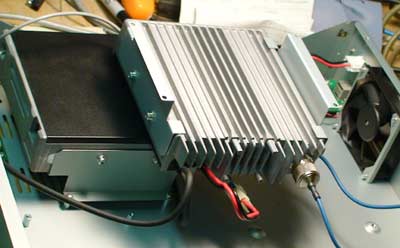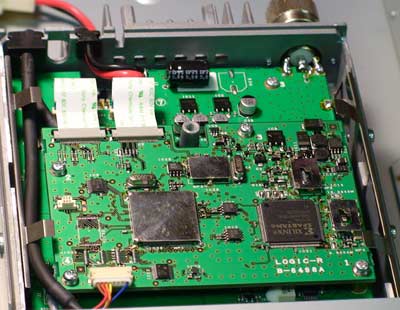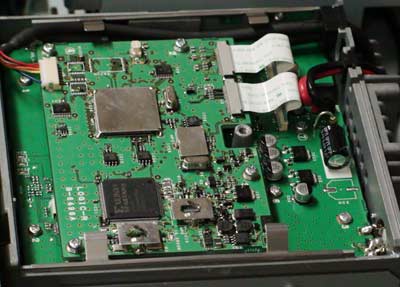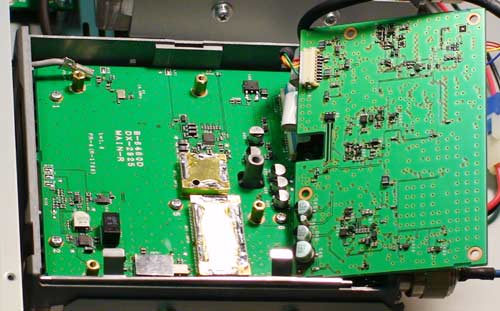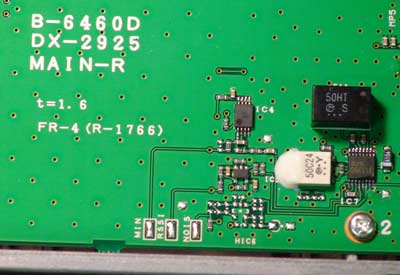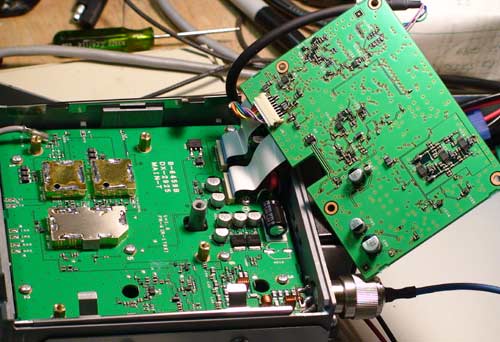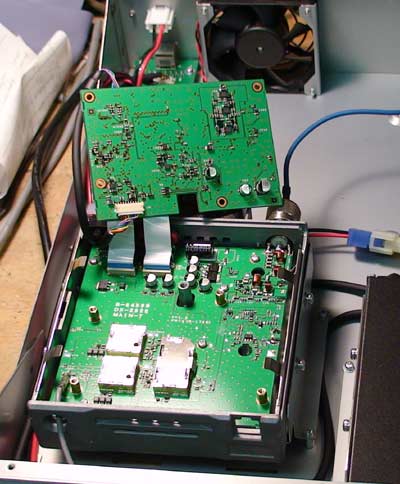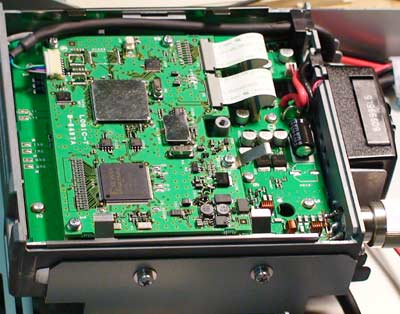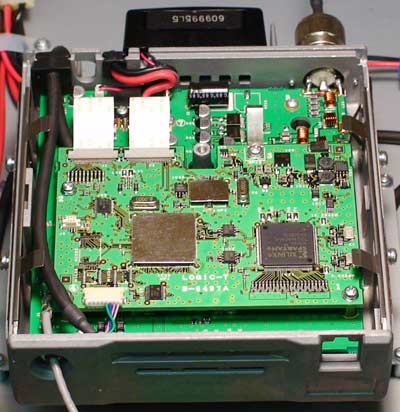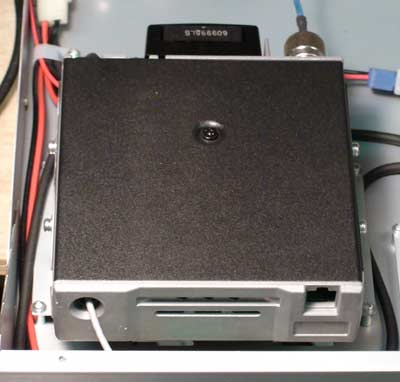
John Martins' |
||||||||||||||||||
|
Other Useful Pages:
|
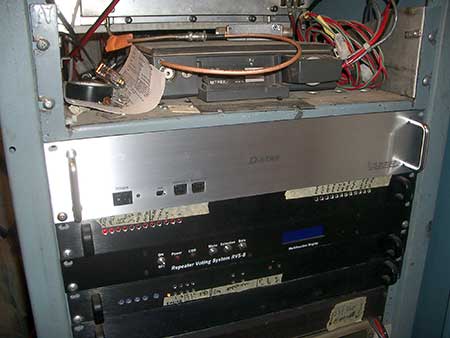
The two meter RF portion of a DStar repeater system is the RP2000V. As any curious geek would do, I could not help myself but to pop open the case and take a look at what's inside. I include the photos of my unit below. Something that you must understand about the DStar repeaters is that no place in the system are regular analog audio, cos or ptt brought out for interfacing to external devices. The DStar repeater controller module gets a digital feed from the RF shelves and there is no provision for any analog interface. If you had plans to save a buck and use your old ACC RC850 on your DStar repeater you have a choice of giving up that notion, or spending a large amount of time inventing your own interface. By the way, for those thinking of saving a few bucks and using two mobiles 'back to back' for your repeater (with an analog controller in between) please reconsider that notion. The AMBE codec which is a core part of DStar is a very lossy codec. With one pass through the encoder and decoder you retain fairly good intelligibility but already can notice a distinctly digital sound to the audio (much like cellphone audio). If you run the audio through this encoding/decoding a second time you will find that what comes out is not just awful-- but bad...er, BAD (capitalized on purpose!-- that's BAD BAD!). Think of the normal audio path (one pass through the AMBE codec) as if you made a lousy photocopy of an original document. Think of a second pass through the AMBE codec as if you took a 20th generation lousy photocopy... get the idea? |
|||||||||||||||||
|
||||||||||||||||||
ver 8/08
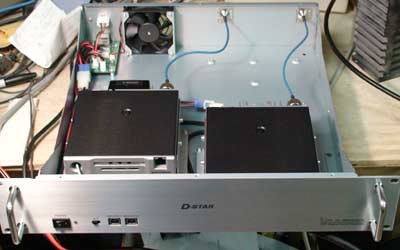
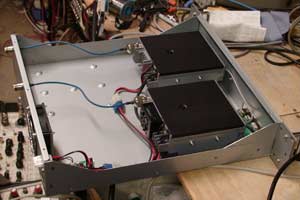
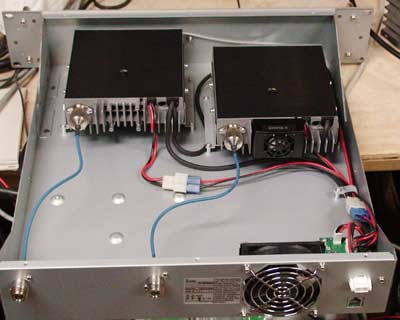
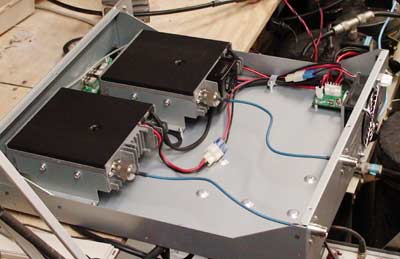
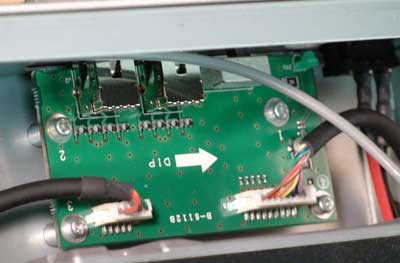
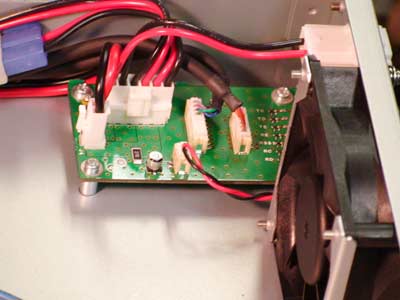
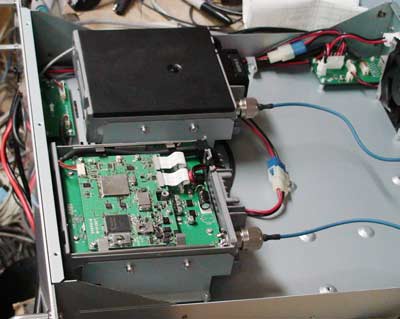 Popping the top on the receiver unit reveals a typical modern transceiver with lots of surface mount components.
Popping the top on the receiver unit reveals a typical modern transceiver with lots of surface mount components.